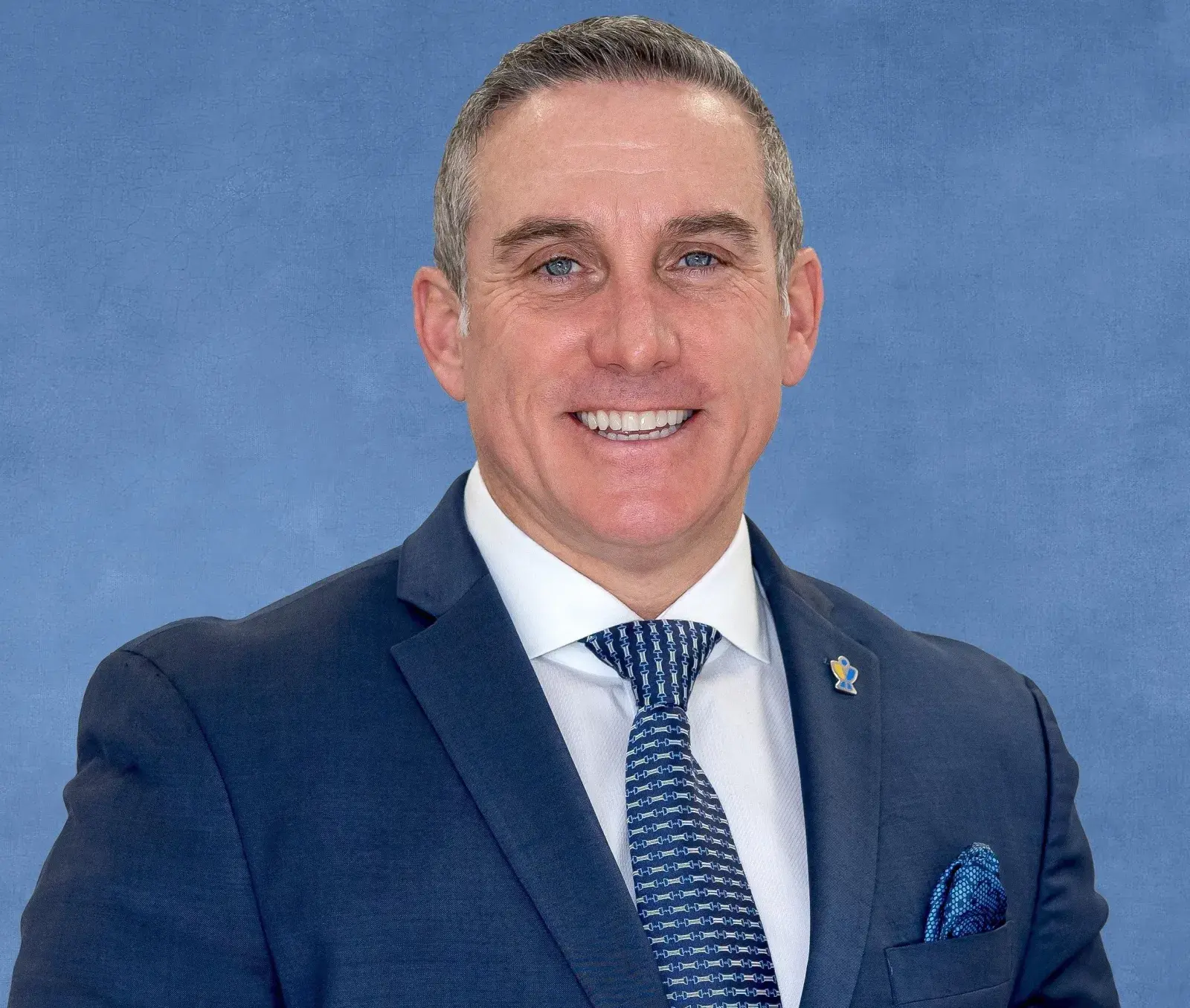Copyright newsweek

This is a preview of the October 30 edition of Access Health—Tap here to get this newsletter delivered straight to your inbox. Good morning. Halloween is tomorrow, and I still don’t have a costume. I might just don a suit and tie and say I work in private equity. Boo! Tricks aside, PE investments are a polarizing topic in the health care industry. Research has consistently condemned PE firms for buying up hospitals and sucking staff and patients dry. Acquisitions often result in more hospital-acquired infections, patient falls and diminished overall care quality, according to studies published in JAMA (here’s one from 2023, and another from this year). They’re also associated with rising care costs. The evidence doesn’t look good, but some proponents of PE acquisitions argue that they’re better than the alternatives. Hundreds of U.S. hospitals are at risk of closure. Without a quick cash infusion, many American communities could lose access to care. Love them or hate them, we have to talk about them. Fourteen states now have pre-transaction review laws for health care deals, five are specifically regulating private equity investment in the industry, and a handful of other states are considering similar legislation to increase oversight. Some states with existing laws are tightening the reins. On January 1, California’s Office of Health Care Affordability (OHCA) will start reviewing health care transactions involving PE firms and hedge funds. That heightened scrutiny will impact acquisitions in the nation’s most populous state—and will serve as an interesting case study for others that consider following suit. This week, I spoke with Sean Sullivan, a partner in the health care group at the law firm Alston & Bird, about the forthcoming changes in California. He counsels both providers and investors as they navigate the changing regulatory landscape. State regulations like California’s sprout from the longstanding “corporate practice of medicine doctrine,” Sullivan told me. Essentially, he said, they’re aimed at “ensuring that there’s not improper profit influence or corporate influence over the professional practice of medicine.” But governments, both state and federal, are under mounting pressure to keep PE firms in line. For the past 20 years or so, there have been increasing news reports around corporate investors’ profit motivations putting patients at risk, according to Sullivan. “From my perspective as a health care attorney that works for a lot of those providers and works for a lot of those investors, that’s not what they’re doing,” he said. “They’re really trying to drive efficiencies and make patient care better, and provide better access to communities across the country.” Regardless of either parties’ intention, the “scary and depressing” stories coming out of PE-acquired hospitals and nursing homes have driven some skepticism, Sullivan said. After January 1, he expects that health care deals in California will take longer to close. Any health care entity undergoing a material change transaction will need to provide 90 days’ notice to the state, which will have to be built into the acquisition timeline. The parties may also consider building extra time in, just in case the deal is implicated. This could also attract unwanted publicity for unfinished deals, leading to even longer delays as organizations push off their state filing date, Sullivan said. “We’re going to have to provide this notice to the state of California, which is then made public on California’s website,” he said. “A lot of entities don’t necessarily want their deals to be made public, especially before they close.” While Sullivan doesn’t expect this to halt transactions in California, he does anticipate seeing fewer of them after January 1. “I do think that it is going to result in a bit of a cooling off,” he said. “I think that a lot of investors are going to think twice before doing a deal in California, or maybe if they’re doing a deal that involves facilities or practices in a lot of different states, they may think twice about whether or not they want the California operations to be included in the deal.” “They may just carve California out because this notice provision is too much of a hassle to deal with.” What are your thoughts on PE activity in the health care industry? Email me at a.kayser@newsweek.com and let me know. In Other News Major health care headlines from the week Microsoft AI included a few health features in its Copilot Fall Release. The popular large language model (LLM) will now offer credible sourcing for health-related questions through a partnership with Harvard Health Publishing. It also has updated care navigation features, providing more accurate search ...



